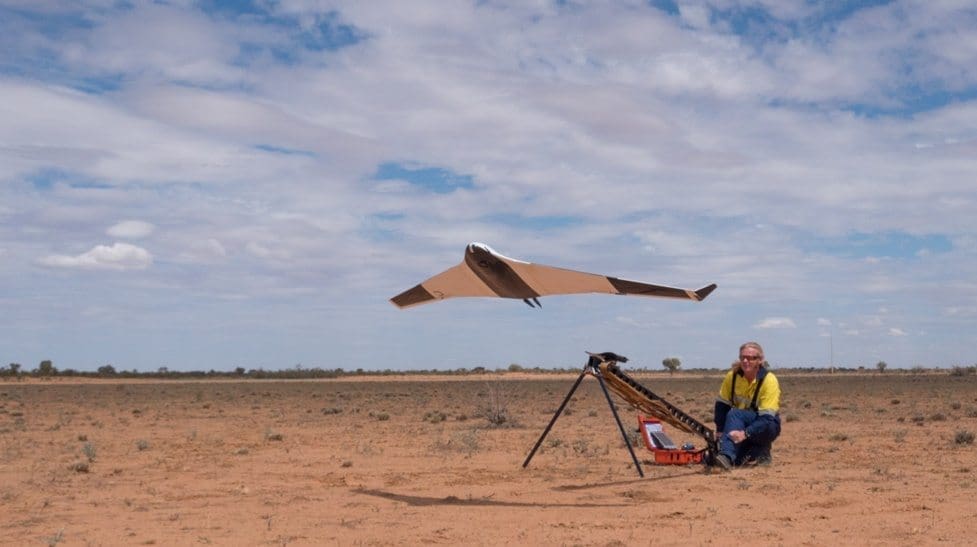
NEW rules for operating drones came into effect yesterday after the Civil Aviation Safety Authority (CASA) reduced the requirements for low-risk commercial operations.
People owning a drone weighing less than two kilograms can operate commercially without the need to be licensed, a previous requirement costing individuals thousands of dollars regardless of weight or safety risk.
Drone operators wanting to fly in this new category must notify CASA before flying and follow strict operating conditions, designed to protect other people in the air and on the ground.
“These amendments reduce the cost and legal requirements for lower-risk remotely piloted aircraft (RPA) operations,” CASA said.
“This means very small commercial drone operators can avoid $1400 in regulatory fees, as well as the need to develop manuals and other documentation.”
Farmer rule
The amendments also introduce the ‘farmer rule,’ the allowance for landholders to fly larger drones over their property for commercial-like activities such as herding cattle, spraying crops and surveying land—providing no money changes hands.
Landholders, like the sub two-kilo class, will also have to notify CASA before flying and follow the same standard operating conditions.
The Amendments to Part 101 also updates the terminology, removing ‘Unmanned Aerial Vehicle (UAV) and replacing it with remotely piloted aircraft (RPA) to reiterate that a human is controlling the aircraft.
New drone weight categories are also created under the new rules, and are broken into five main groups:
- micro (<100g)
- very small (100g<2kg)
- small (2-25kg)
- medium (25-150kg)
- large (>150kg).
The standard RPA operating conditions will mean operators must:
- Only fly during the day and keep the RPA within visual line-of-sight.
- Not fly an RPA higher than 120 metres (400ft) above ground level.
- Keep the RPA at least 30 metres away from other people.
- Keep the RPA at least 5.5 km away from controlled aerodromes.
- Not fly over populous areas. These can include: beaches, parks and sporting ovals.
- Only fly one RPA at a time.
- Not fly over or near an area affecting public safety or where emergency operations are underway (without prior approval). This could include situations such as a car crash, police operations, a fire and associated firefighting efforts and search and rescue.
The Australian Association for Unmanned Systems (AAUS), Australia’s largest drone industry body, has welcomed the new rules and supports the risk-based approach taken by CASA.
To help further professionalism and airmanship in the industry, the AAUS launched a new industry accreditation program enabling responsible operators to distinguishing themselves from fly-by-night operations.
“AAUS’s aim is to see a safe and prosperous drone industry here in Australia, and we believe professional accreditation is a necessary supplement to the formal CASR 101 regulation,” AAUS president, Dr Reece Clothier, said.
“The program will provide end-users with assurance that they are contracting a professional drone service provider.”
Accreditation
The AAUS Drone Operator Accreditation Program provides independent checks on drone operators, who must sign up to an industry code of conduct, have insurance, and know the regulations and the principles of professionalism.
The program is open to all members of AAUS, and is particularly targeted towards those intending to fly in the ‘excluded operations’ category, with operators able to access insurance under the program.
More information about the new rules can be found at CASA’s website: https://www.casa.gov.au/



HAVE YOUR SAY